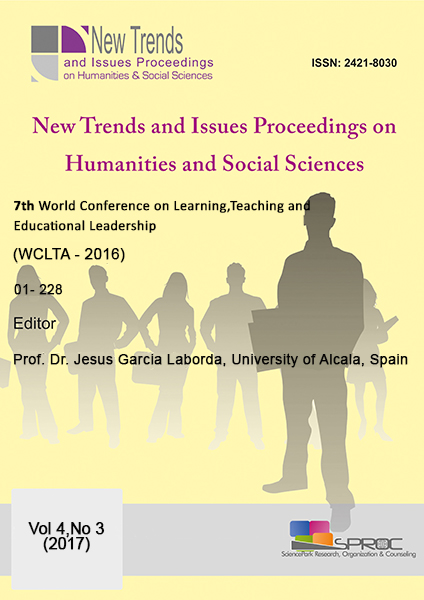L2 motivational self system and its relationship with gender, proficiency and yea
Main Article Content
Abstract
The present study highlights the central role of motivation in the process of foreign language learning. Drawing on Dörnyei’s L2 motivational self system, the study aims to examine the beliefs of pre-service teachers and find out whether there is a meaningful relationship between the system and gender, proficiency and year. To collect data, a motivation questionnaire of 30 items was administered to 160 students. Data were analyzed using SPSS. The results revealed that the majority of students had the motivation required for language learning in terms of the constructs in the questionnaire. Further, significant relationships were noted between the dimension of ‘ideal L2 self’, and the variables of gender and year. It was shown that motivation had no influence on students’ proficiency levels in Turkish context. Along its context-specific results, the study showed several directions for future research by informing the language learning motivation of pre-service teachers in teacher education.
Keywords: Foreign language, motivation, proficiency, gender, year.
Downloads
Article Details

This work is licensed under a Creative Commons Attribution 4.0 International License.
Authors who publish with this journal agree to the following terms:- Authors retain copyright and grant the journal right of first publication with the work simultaneously licensed under a Creative Commons Attribution License that allows others to share the work with an acknowledgement of the work's authorship and initial publication in this journal.
- Authors are able to enter into separate, additional contractual arrangements for the non-exclusive distribution of the journal's published version of the work (e.g., post it to an institutional repository or publish it in a book), with an acknowledgement of its initial publication in this journal.
- Authors are permitted and encouraged to post their work online (e.g., in institutional repositories or on their website) prior to and during the submission process, as it can lead to productive exchanges, as well as earlier and greater citation of published work (See The Effect of Open Access).
